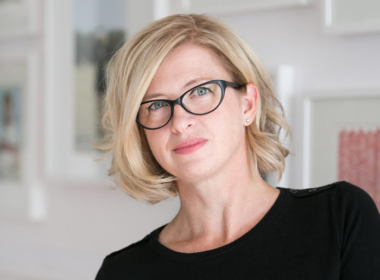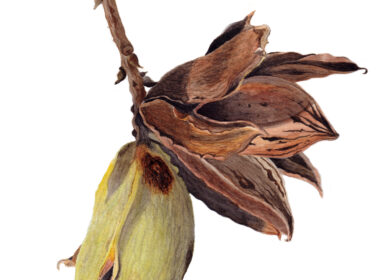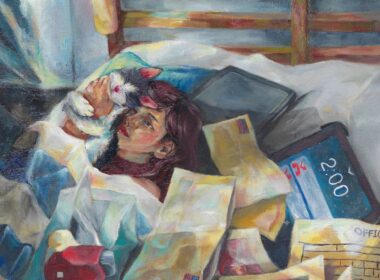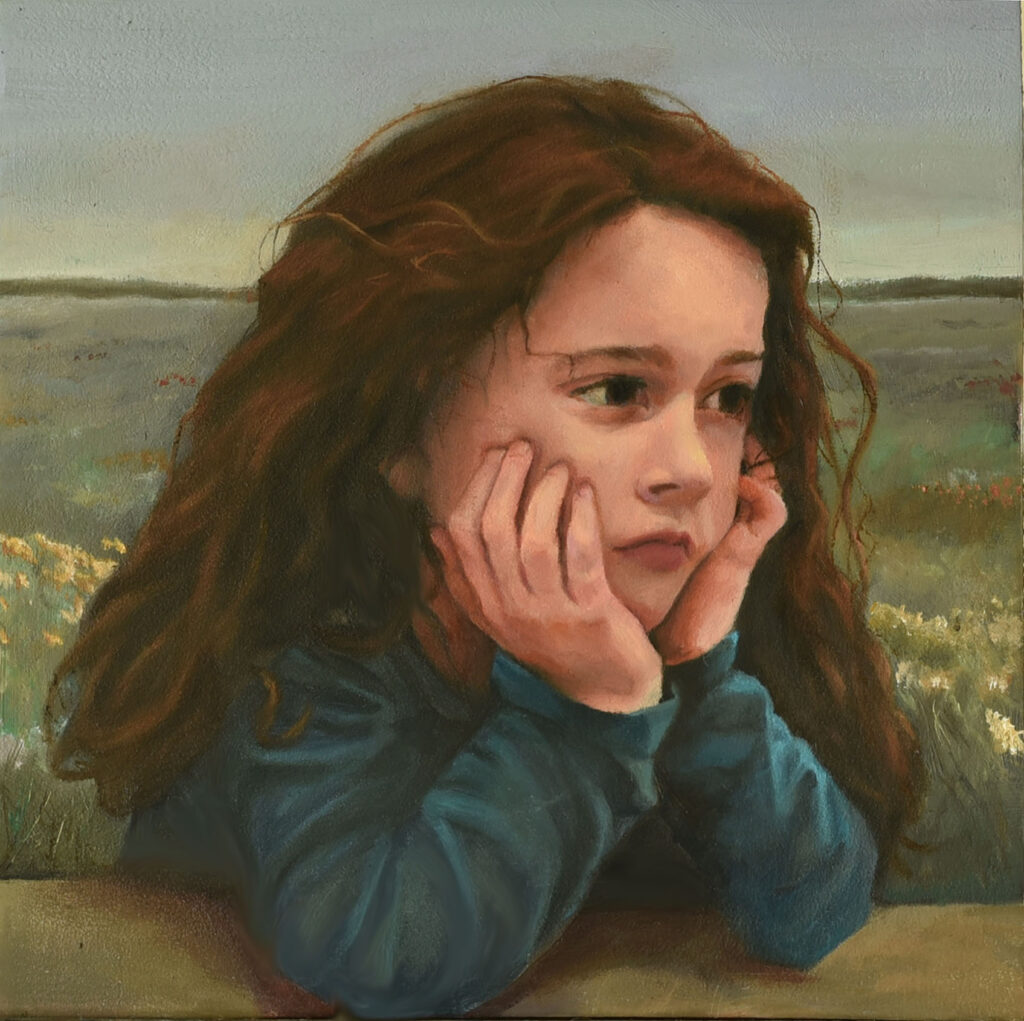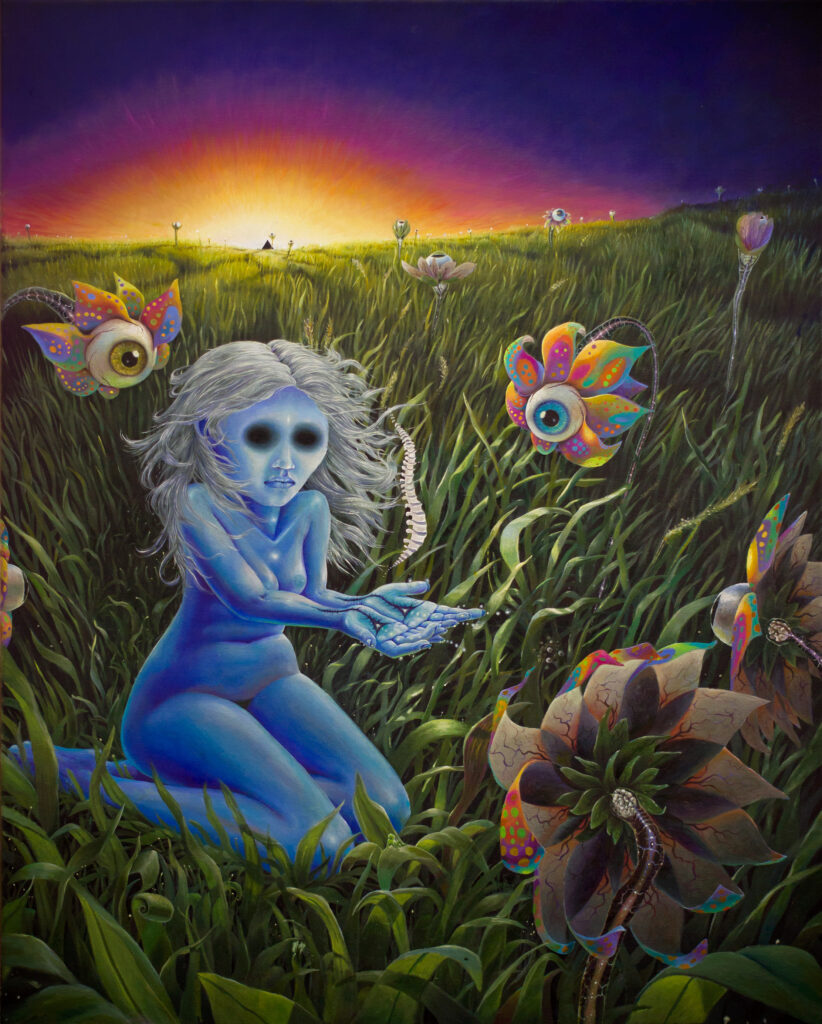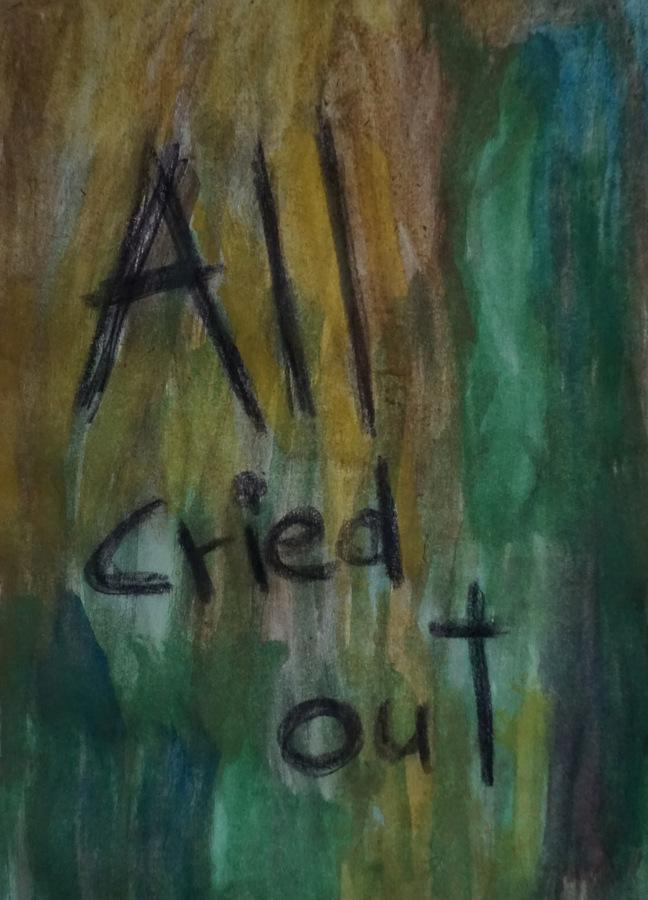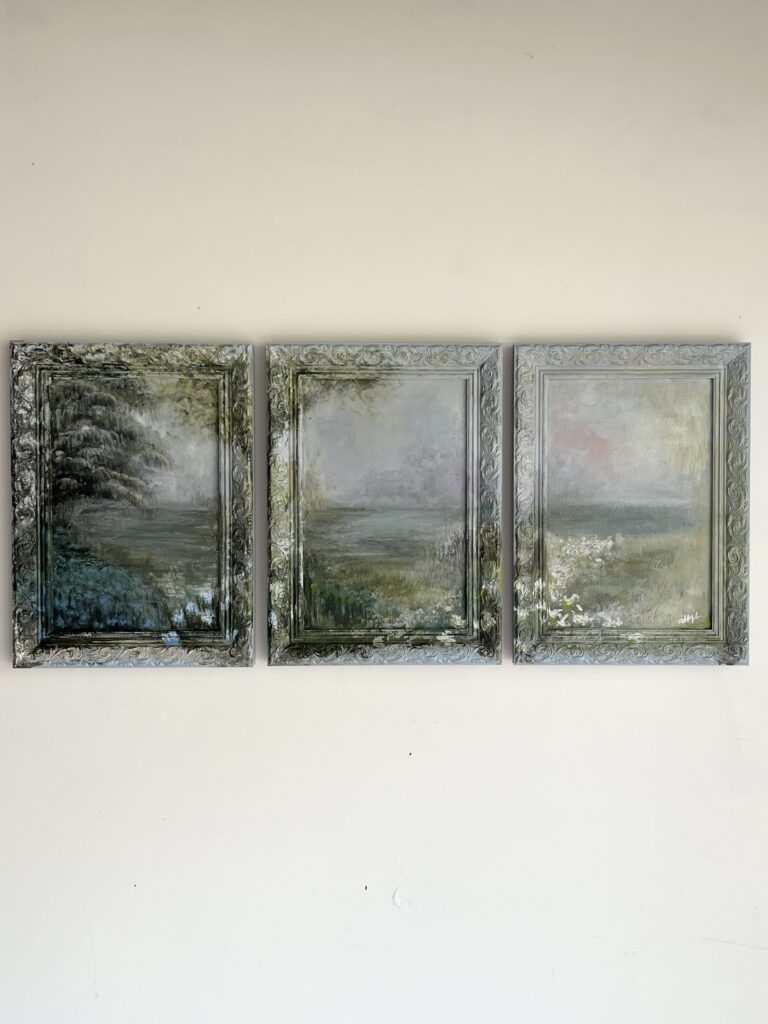
Meet Daisy McClay: Mastering the Art of Embellished surface patterns and Kitsch creations
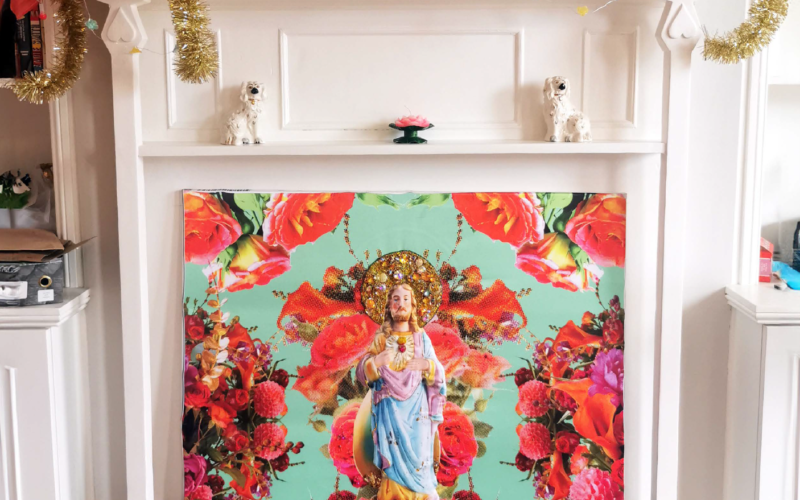

Daisy is a fantastic textile artist who breathes life into fabrics, transforming them into fascinating artworks. In this exclusive interview, we’ll learn about her creative ideas, what inspires her, and how she makes her beautiful artwork. From her love for bright colors to her mission of spreading joy, Daisy shares her stories and experiences through her art.
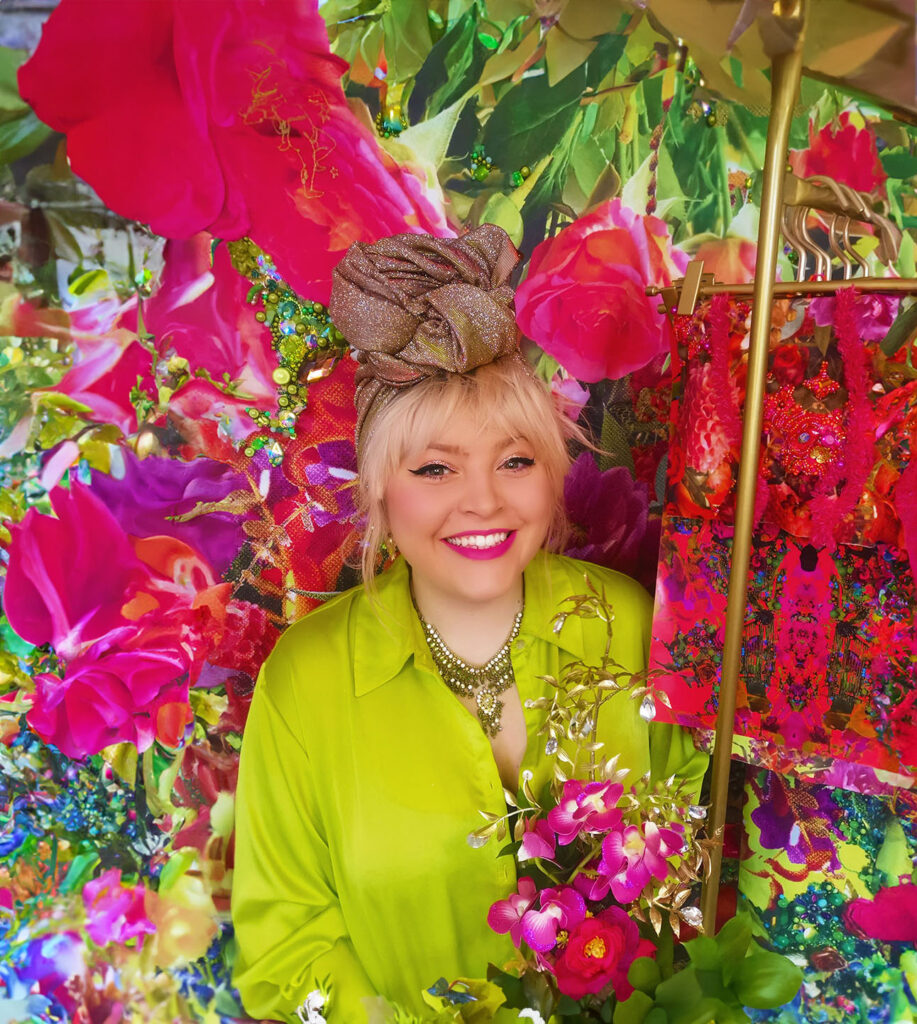
Before we dive into the interview, let’s take a moment to get to know Daisy through her bio. Daisy McClay is a multi-disciplinary textile artist and designer who combines illustration, mixed media, embroidery, and embellishment. Kitsch and sometimes spiritual imagery with hand-painted elements and couture embroidery methods are used to create ornate, colourful, maximalist, usually bejewelled designs suitable for both fashion and interior. Although her background is in Illustration, having studied at the Glasgow School of Art in the Communication Design course, her heart has always been with the tactile world of textiles. Her core purpose as a designer and textile artist is to promote joy and playfulness, which she believes is vital and lacking in the muted political, economic, and social landscape of the 2020s thus far. In a world of grey, let’s embrace more colour and sparkle!! Her passion for the vibrant, ornate, and kitsch is apparent in the work; She thanks her mother for that! Family and her upbringing play a huge factor in her practice. Her mother, who was a punk and club owner back in the day and is now a Reiki master with a huge sense of Northern pride, has instilled her rebellious and spiritual streak in Daisy from a young age. The eclecticism of her childhood allowed her to be creative from the start. She has always found her playfulness through imagination and drawing. The idea of “soft rebellion” is important in her practice, meeting the harshness of the world and social issues through vibrant, joyful pieces and designs. She believes that it is vital as a designer that she remains grounded and maintains a strong link to the community by continuing to work with charities and community projects throughout her career.
1. Daisy, your journey from illustration to textile art and design is fascinating. How do you feel your background in illustration informs your approach to creating textile pieces, particularly in terms of storytelling and visual communication?
Illustration is fundamental to my practice. Every design starts with some form of hand-painting, and usually, illustration is featured somewhere within the pieces, adding a unique element to the designs. In regards to storytelling, every piece and design has some link to my own story, whether it includes specific flowers that remind me of my grandmother or colours that remind me of my mother’s kitchen! I think my background in illustration has informed this part of my creative process: if there’s no story, there’s no piece!
Sometimes injustice can be pointed out through beauty and joyful pieces in a more gentle approach to making a statement.
Daisy McClay

2. Your upbringing, influenced by your mother’s punk background and spiritual practices, sounds rich and diverse. How do these influences manifest in your creative process and the themes you explore in your textile art?
Having been brought up by only one parent, my fabulous mother, her influence on me as a human and a designer is immense. She always had an eye for design and colour, so I was lucky to grow up in a very inspirational space. Growing up, many of her clients passed through the doors, opening my eyes and mind to different people, views, and beliefs. The eclecticism was visual within our household, and the interesting people filled with colourful tales from their lives also formed the way I work. Her punk background manifested in my childhood as a strong belief in standing up for those who cannot stand up for themselves; the combination of punk anarchism and the spiritual side manifested itself within my work as the “Soft Rebellion”. Sometimes, injustice can be pointed out through beauty and joyful pieces in a more gentle approach to making a statement. Well, that’s my goal anyway!
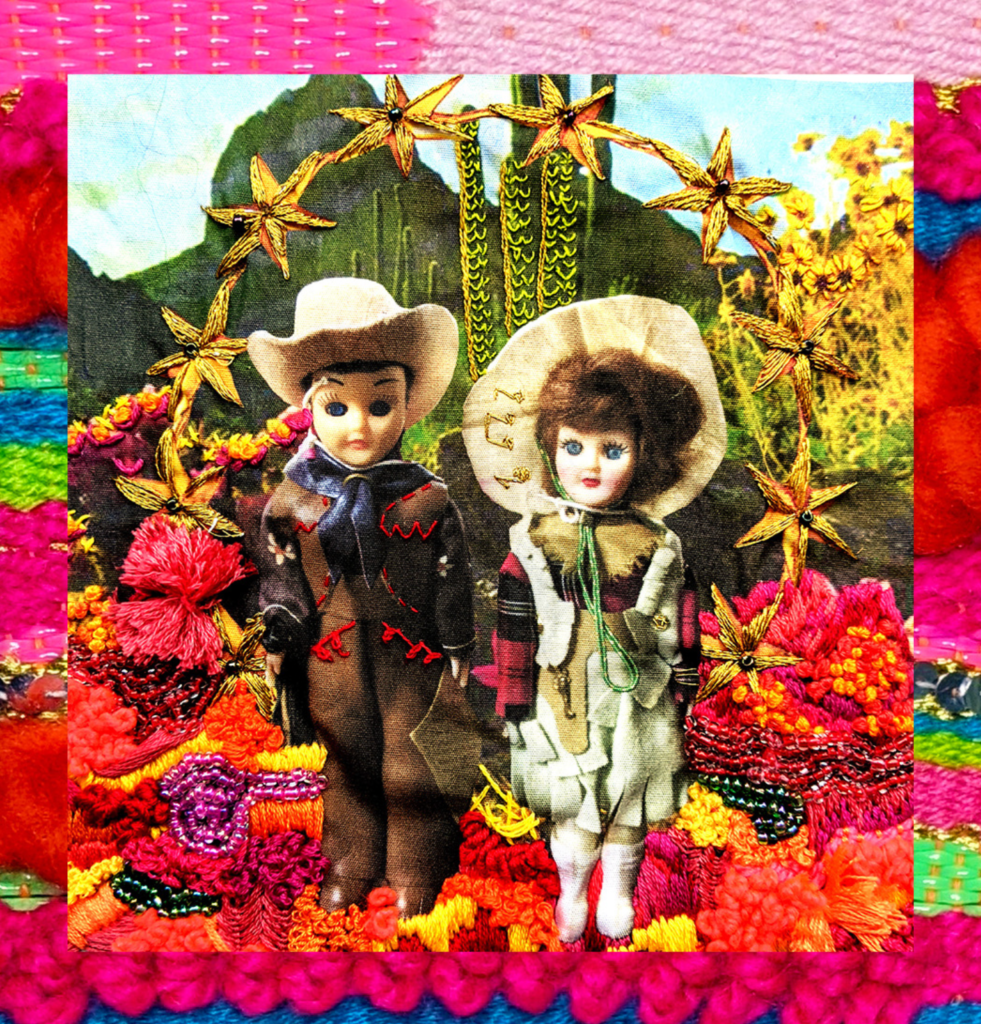
3. You mention promoting joy and playfulness as a core purpose in your art. How do you ensure these elements shine through in your designs, especially when addressing more serious topics or issues?
For me, joy is the more serious topic. As humans, we don’t rate joy as highly as we should! I usually use bright colours and playful kitsch imagery in my work. My work is energetic, bright, bold, and colourful, which to me is joy. There was a point in my life where joy felt beyond unattainable; I was very ill and bed-bound for over a year. I lost my ability to paint (due to medication that made me too weak and shaky), and my creativity was nowhere to be seen. However, as I emerged from this, I began to work on embroideries, which were simple cross-stitch designs that led to more and more textile pieces. The joy I found in creating tactile pieces reignited my creativity. This is where passion for spreading joy, or “sprinkling the twinkle” (as I like to put it) came from. I promote joy by sharing my version of it and sharing what makes my family and me happy!
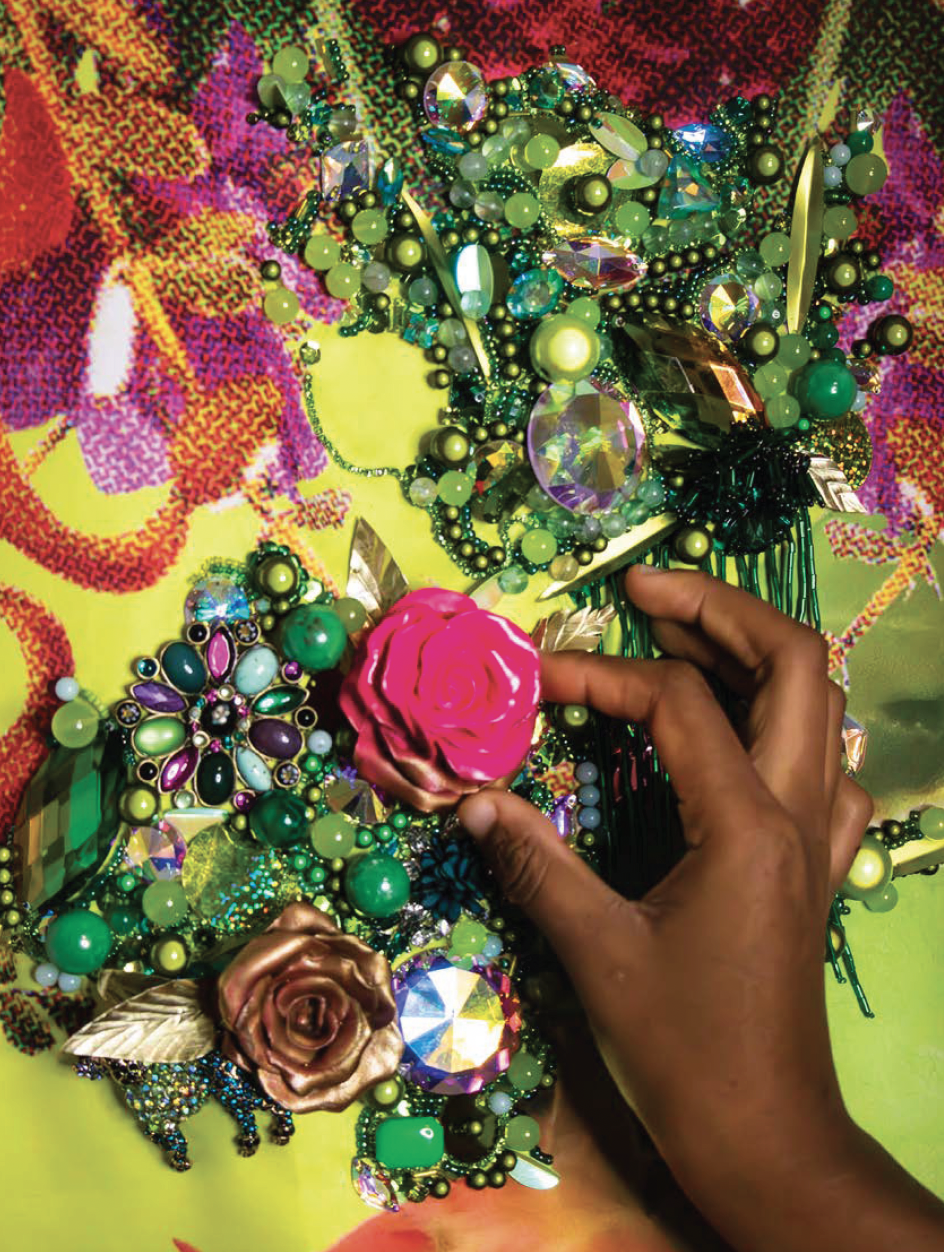
4. Your use of couture embroidery methods and mixed media seems to add layers of texture and complexity to your pieces. Can you walk us through your process, from concept to completion, and how you decide which techniques to incorporate?
Usually, I start with creating a physical mood board. Although some of my work is quite digital, I’m old school regarding the creative process. I start a new sketchbook for each collection. The mood board also includes a huge mind map with keywords and inspirations. Then I draw! Page after page of illustrations, some that turn into nothing and some that become part of the final designs. During the drawing period, I photograph and collect images of things I’d like to include within the designs; sometimes, this means that I have to physically sculpt or paint an ornament to create the design idea in my head. Once all of this is done, I go digital, layering designs to see what works and what doesn’t. These are then digitally printed onto fabric, and I decide whether to foil design elements. After this, embroidery begins! Selecting beads from my collection or sourcing vintage jewellery that can be taken apart to sew into the pieces. While this is sometimes the end of the process, I often photograph elements of the embellished pieces and digitally rework them to be printed onto fabric. I love the aesthetic of printed embroidery and embellishment!
For me, joy is the more serious topic. As humans, we don’t rate joy as highly as we should!
Daisy McClay
5. Could you share some examples of how you’ve collaborated with community projects or organizations to bring your vibrant, ornate designs to a wider audience?
I worked with a charity in Manchester (UK), Venture Arts, which is an award-winning visual arts organization working with learning-disabled artists. I collaborated with one of their artists, Joe Mills, to create a “Happiness Banner” inspired by the protest banners held in the collection at The Peoples History Museum. The banner combined words that made both Joe and me happy and featured illustrations he had drawn along with appliquéd Barbies with hand-embellished motifs. This banner is held as part of the collection at The Peoples History Museum alongside protest banners from around the UK.

Daisy’s journey from drawing to making beautiful textiles is inspiring. She’s all about spreading joy and colour through her work; we can see that in every piece she creates. As she keeps collaborating with communities and charities, Daisy shows us how art can make a real difference in the world. To learn more about Daisy, click the links below to visit her profile.







